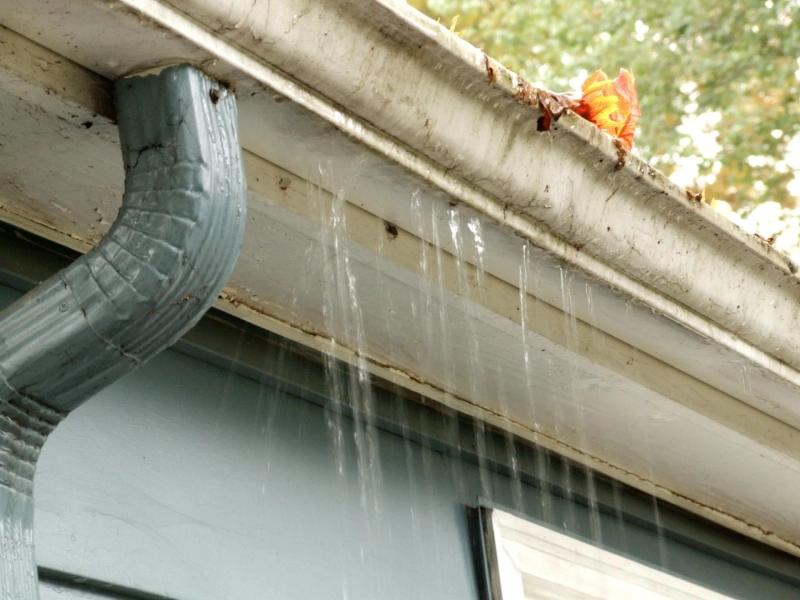Your home’s gutter system may not always be top of mind, but it plays a crucial role in protecting your property from water damage. When functioning correctly, gutters channel rainwater away from your roof, walls, and foundation. However, when damage or clogs occur, water can accumulate in places it shouldn’t, leading to costly repairs. Recognizing early signs that you need gutter repair can save you time, money, and frustration. Neglecting minor issues can quickly turn into significant structural problems that affect your roof and home exterior.
Why Gutter Maintenance Matters
Gutters are designed to manage the flow of rainwater efficiently, but they often face wear and tear from harsh weather, debris buildup, and aging materials. Without timely maintenance, your gutter system can overflow or detach, causing damage to your roofline, fascia boards, and even your home’s foundation. Regular inspections and prompt gutter repair can help ensure your system continues to protect your property effectively throughout the year.
1. Visible Cracks, Holes, or Rust Spots
One of the most obvious signs your gutters need attention is the appearance of cracks, holes, or rust. Even small cracks can expand over time, leading to leaks that allow water to seep into your home’s exterior walls or foundation. Metal gutters that show rust are particularly vulnerable, as corrosion weakens the structure and shortens their lifespan. Sealing or replacing damaged sections promptly prevents further deterioration.
2. Sagging or Pulling Away from the Roof
If your gutters appear to be sagging or pulling away from the roofline, it’s a clear indicator that repairs are needed. This usually happens when the gutters become too heavy due to trapped debris, standing water, or damaged fasteners. Left unchecked, sagging gutters can detach completely, causing water to pool near your foundation. Re-securing brackets and cleaning out buildup can restore proper function and prevent additional damage.
3. Peeling Paint or Water Stains on Exterior Walls
Water stains, peeling paint, or mildew growth on your home’s siding are often caused by leaking or overflowing gutters. When water isn’t properly directed away, it seeps into the walls, damaging paint and promoting mold growth. Regular gutter inspections can help detect leaks early before they impact your home’s curb appeal and structural integrity.
4. Erosion or Pooling Water Near the Foundation
Gutters are designed to guide rainwater away from your home. If you notice pooling water or eroded soil around your foundation, your gutters or downspouts may not be functioning correctly. This can lead to foundation cracks and costly water damage over time. Ensuring that your gutters and downspouts are correctly aligned and free of clogs is key to maintaining your home’s drainage system.
5. Ice Dams and Snow Accumulation Issues
In colder climates, winter brings unique challenges for gutters. Ice dams form when melting snow refreezes along the roof edge, blocking proper drainage. Adding snow guards can help prevent sudden snow slides that damage gutters and roof structures. However, if your gutters are already cracked, loose, or clogged, snow buildup can worsen existing damage. Repairing or reinforcing your gutters before winter can save you from major problems when temperatures drop.
6. Mold or Mildew Around the Roofline
Mold or mildew growth near your roofline often indicates excess moisture caused by poor gutter drainage. If water continuously overflows or leaks, it can soak the fascia boards and roof edges, creating a mold-prone environment. Timely repairs and proper sealing can prevent moisture buildup and protect your home from health and structural risks.
Conclusion
Your gutters are your home’s first line of defense against water damage. By paying attention to early warning signs, such as sagging sections, leaks, rust, or pooling water, you can schedule gutter repair before minor problems escalate. Whether it’s replacing damaged brackets, sealing leaks, or installing snow guards for added winter protection, proactive maintenance ensures your home stays dry and secure year-round. Don’t wait until it’s too late, inspect your gutters regularly and act quickly to safeguard your investment.



